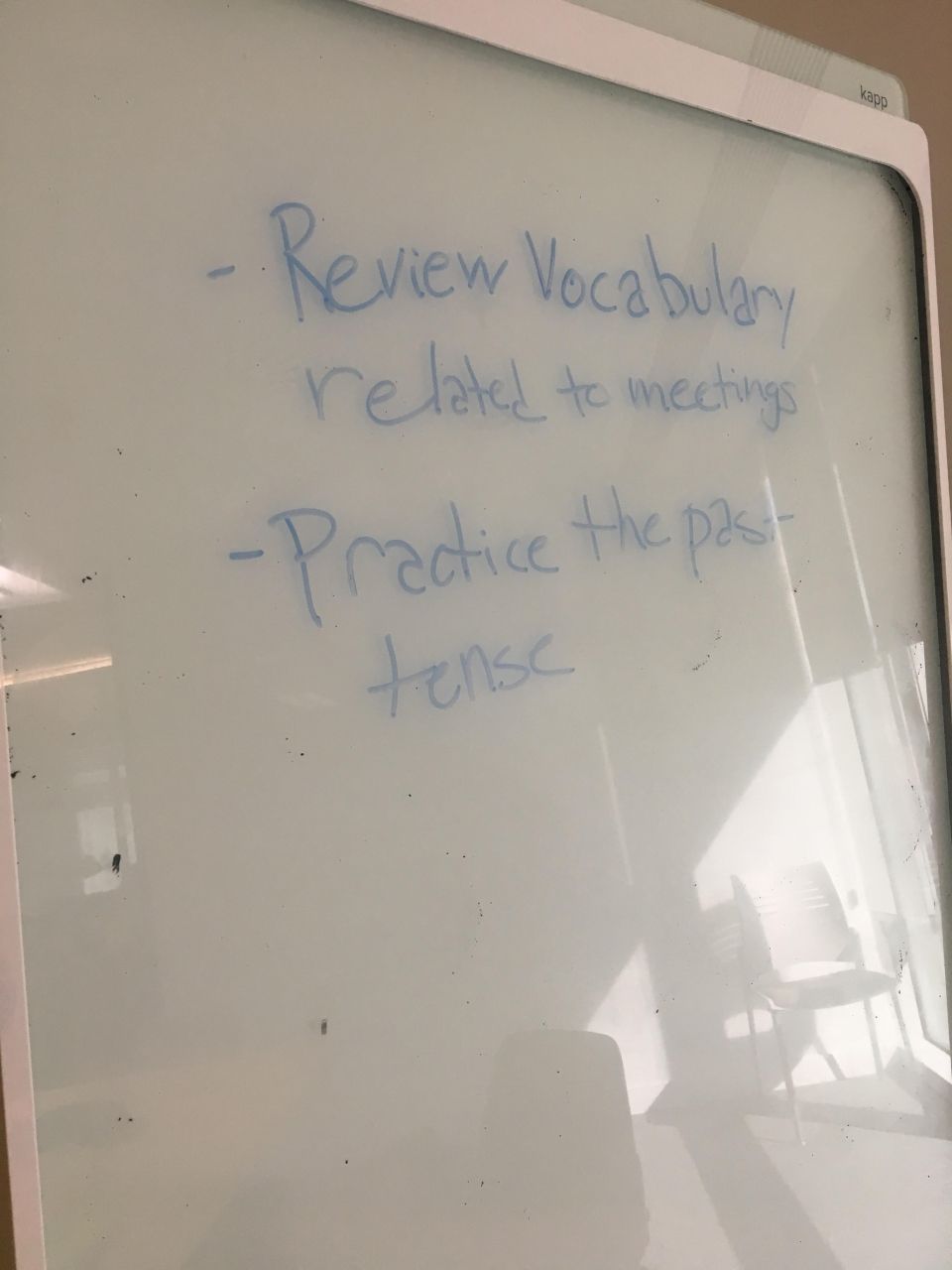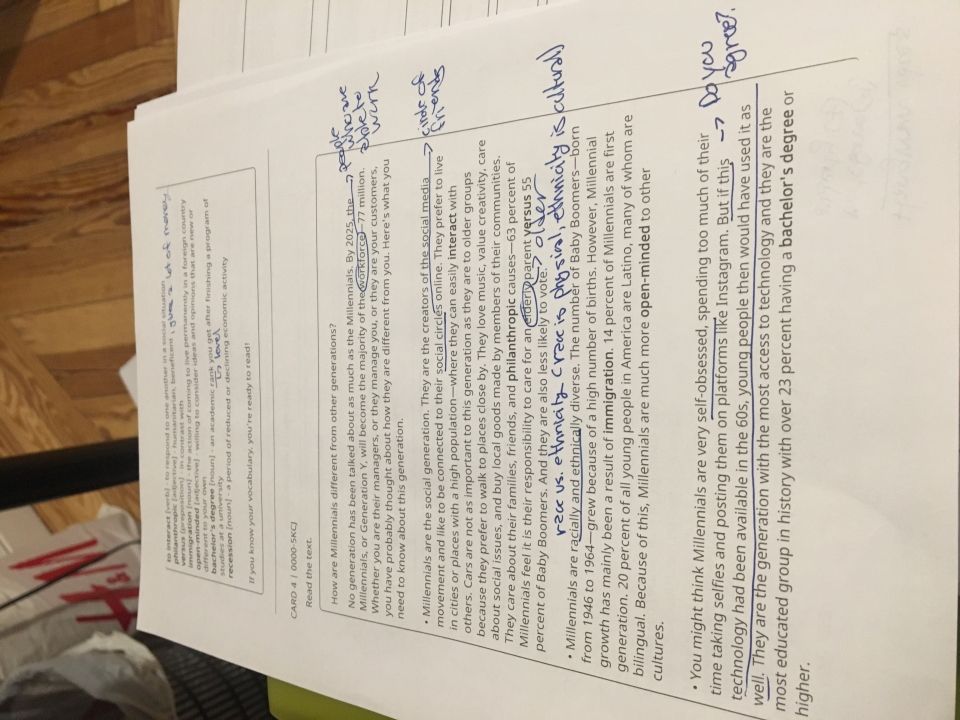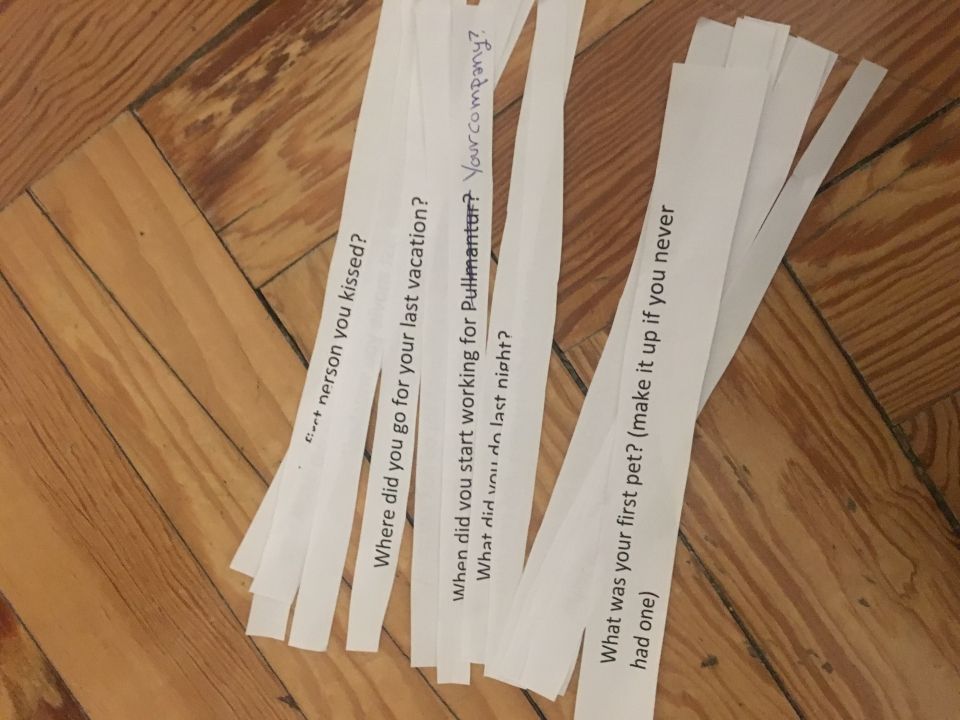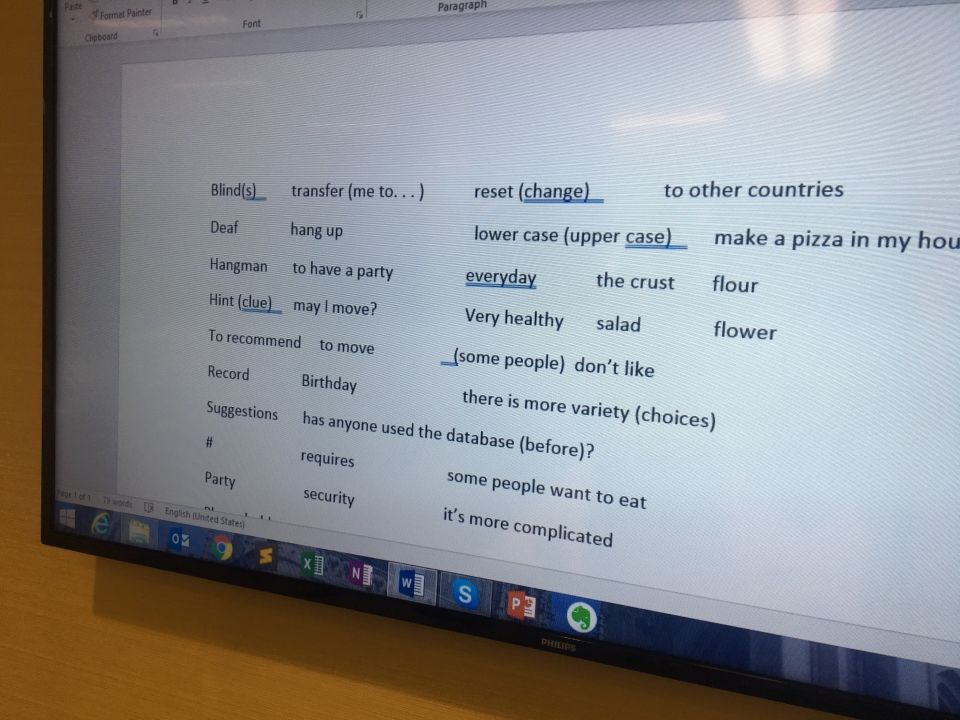Lesson Planning for CIEE’s Spain Professional Program
Teaching English to adults comes with different challenges than teaching children. For one, it can sometimes be difficult to make corporate English interesting. For another, there needs to be a wide variety of activities or your students will get bored. A huge part of my job involves lesson planning. While my students are eager to talk, they also will have questions about the material. It is important to plan your material carefully in order to anticipate these questions. Carefully planning a lesson is vital, so I want to share a bit about to process I go through when I plan my classes for the week ahead.
There are two kinds of lessons you will plan: ones based on the online learning path and ones that are original. Our students use the online platform to supplement their classes and the learning path is a series of lessons tailored for each level. For example, there are lessons on meeting etiquette, customer service, and language related to disagreement. When you teach on the learning path, you are given a set of activities that you tailor for each of your classes. Most classes are set to only be 50% on the learning path which means you will be planning about half of the lessons on your own. There are many resources online to help with this. For example, the same learning platform we use has articles tailored for each student level. Additionally if you google ‘ESL resources’ you will find plenty of activities, lessons, and worksheets that you can use.
The structure for each lesson is as follows:

- Set the Objectives
Each lesson needs to have set goals. For an hour, you will need to have two goals, longer classes can have 3-4 goals. Goals can be based on learning vocabulary, practicing phrases, or reviewing grammar. If you have a white board, it is a good idea to write your goals and have the students read them, so that they know what to expect in class. Some classes have a projector instead, for these I like to project a blank word document and type the objectives there.
- Warm up
The warm up should be fun and encourage your students to talk. Games are a great way to do this. If I am teaching a difficult article, I like to use hangman to introduce some of the new vocabulary. Another option is the game ’10 questions’ where you give students some words and the rest of the students must ask yes or no questions to try to guess the word. Charades and Pictionary are also great vocabulary games.
Sometimes, you might have students who don’t like playing games. Or you might have a one on one, meaning that there are a lot of games you can’t pay with them. In this instance, a good alternative might be discussion questions. A good way to start is asking about news or current events. Another fun warmup I have discovered is tongue twisters! You just want to get your students speaking English, don’t worry about teaching vocabulary for now. If you run out of ideas, there are plenty of great resources to find ESL discussion questions online.
Regardless of what activity you do, the warm up should take about 10-15 minutes. If your students come to class late however you may need to skip the warm up. Sometimes, I have a class where half of the students show up on time and the other half show up late. A good strategy for dealing with this is to have the students who showed up first explain the warm up to the students who showed up later.

- First activity
Now that you have your students speaking English, it’s time for the first activity. I usually like to have a comprehension activity like reading an article or listening to some audio. If I bring in an article, I will have students take turns reading paragraphs. In between paragraphs, I ask questions about words or phrases. If we are listening to audio, I will ask students to listen to it first and then I will play it a second time, pausing to ask questions about the topic. TED talks are great listening activities, there are a lot of words and phrases your students may not be familiar with. Also there are many free lesson plans based on TED talks online, for all sorts of different levels.

- Second Activity
The second activity, the fluency activity, is one of the most important ones. If you find yourself short on class time, the fluency activity is the one you should never skip. This is where you get your students talking. This activity can be a debate, a role play, anything that gets your students using the language they learned to form new sentences. Larger classes can be a bit difficult, since everyone needs a chance to talk. The best thing you can do is divide the class into pairs or teams to help divide talking time. For example, if I am having a debate I divide the class in half and assign each team a side. If I doing a roleplay, I’ll divide the class into pairs and have them take turns acting their roleplay.

- The wrap up
During the last 10-15 minutes of class you will want to review the material you taught. This usually means reviewing vocabulary and error correction. For vocabulary, I will drill my students, asking them for the definition, the opposite, or to use the word in a sentence. Error correction is a bit different. If there is a word my students mispronounce, I will ask them to try pronouncing it again. If they struggle with using the past tense correctly, I will ask them questions that require them to speak in the past. For example, I might ask them what they did last weekend or what their favorite activity was as a child.
On average, I spend 15-30 minutes a day lesson planning. I usually plan the main 2-3 class activities a week in advance, then I flesh out the lesson a few days before. To save time, I often recycle successful lessons, adjusting them slightly based on the class level. It took me a while to realize this, at the beginning I spent a lot more time lesson planning. As you continue teaching, you will get more efficient at planning lessons. You will learn what works and doesn’t work as a class activity.
Most importantly, remember to have fun in the classes. It’s easy to get caught up lesson planning but remember your students should also enjoy learning English. Some of my class debates have turned into hilarious discussions because my students were actively engaged. Find what activities work and use them to help your students improve and grow.
Related Posts
TWICE with CIEE: Kayleigh in Spain (PART 2)
Kayleigh is a CIEE alum who participated in CIEE's Teach in South Korea program AND CIEE’s Teach in Spain Volunteer program! CLICK HERE to read her experience in Korea. WHY... keep reading
CIEE Volunteer Spotlight: Meet Layla!
Where are you from? What was your academic background or career before teaching abroad? I am Canadian, specifically Québécoise. In Quebec, students are required to attend community college (CEGEP) before... keep reading




